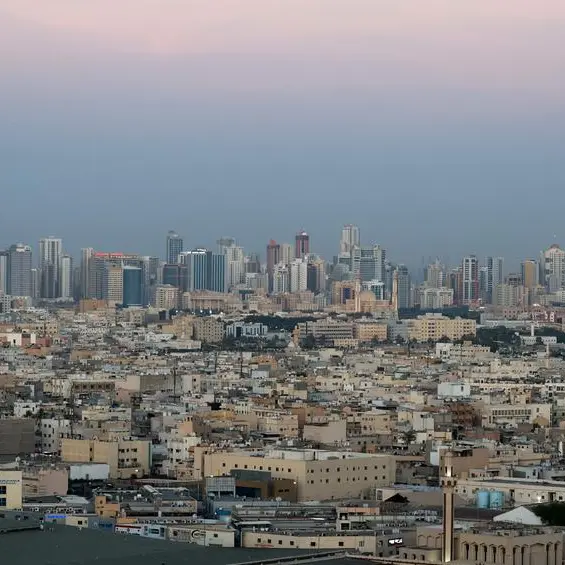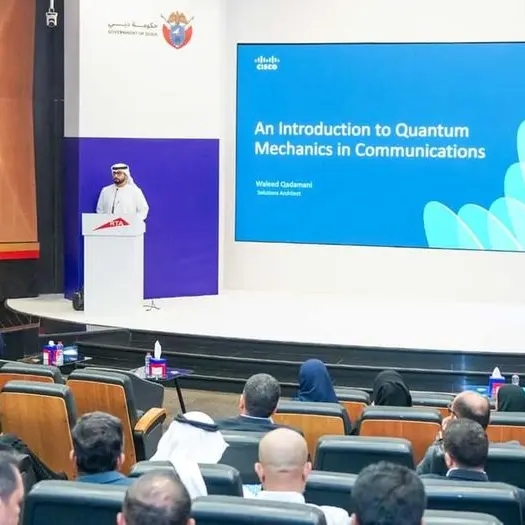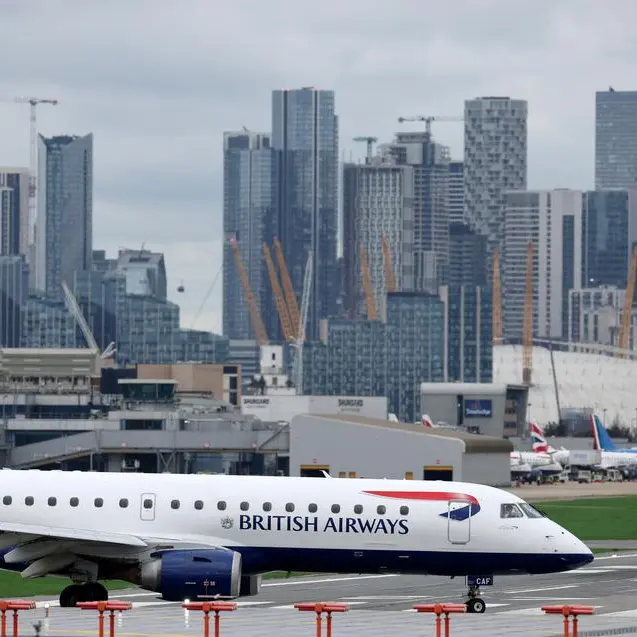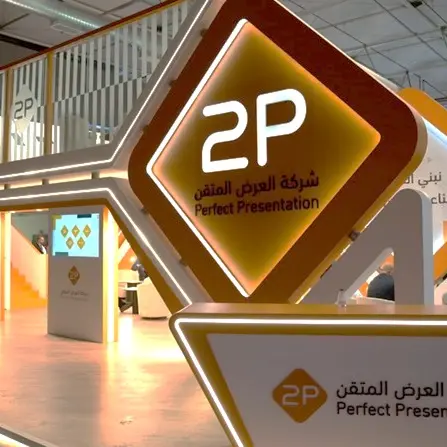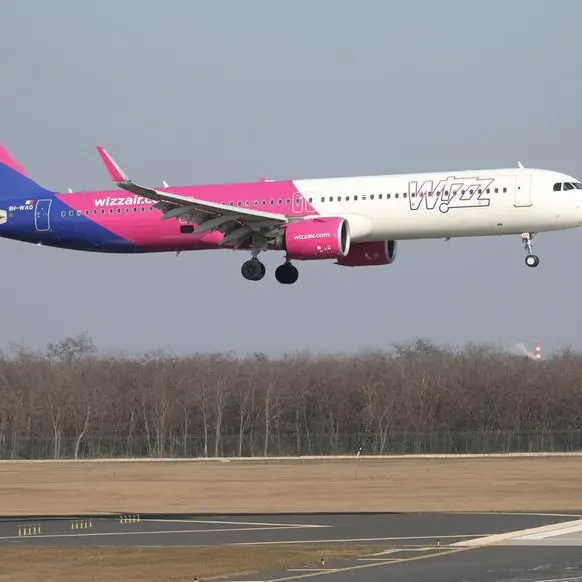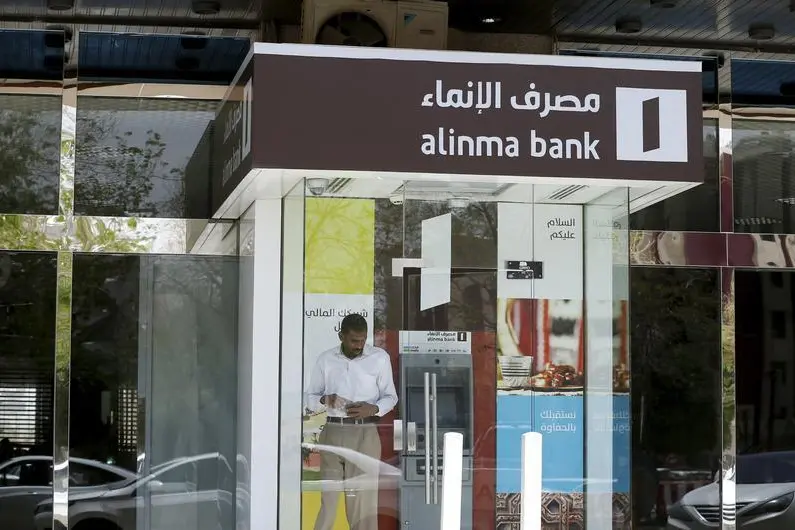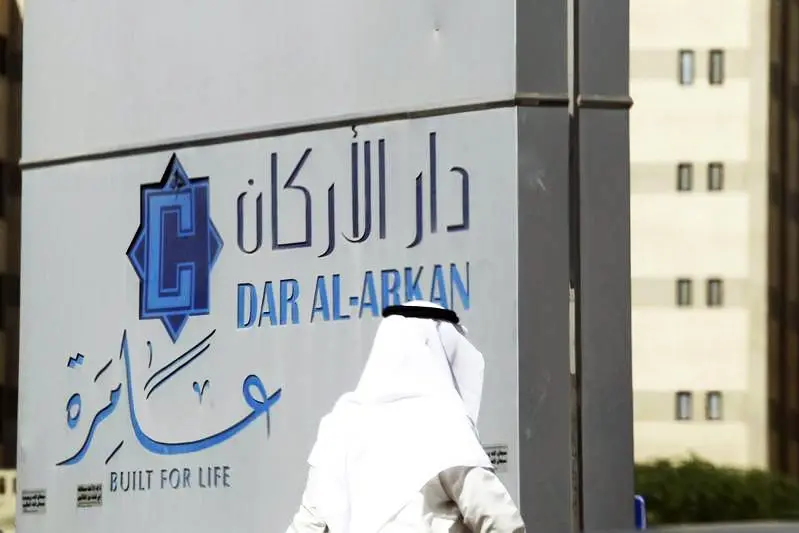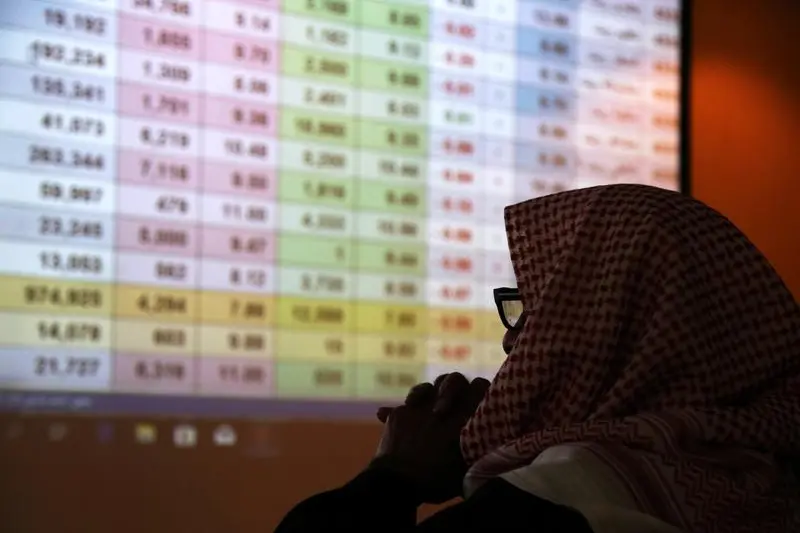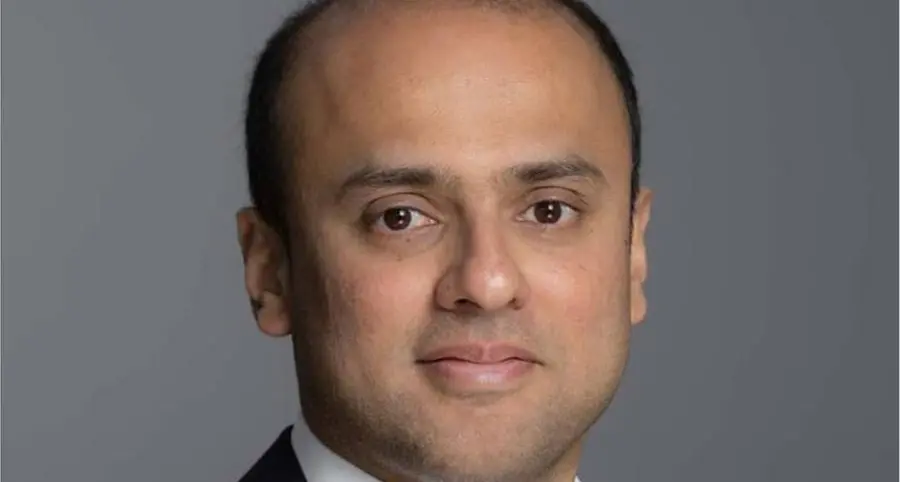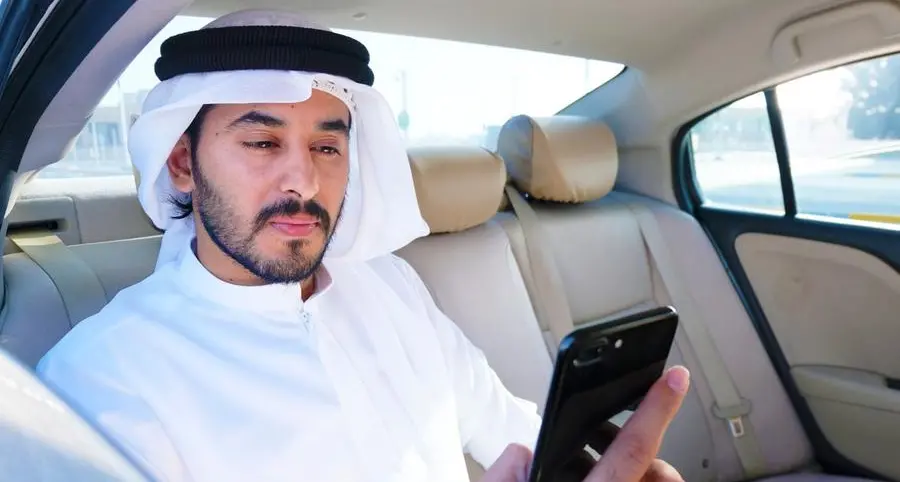07 August 2013
NAHR AL-KALB, Lebanon: A car was lifted 32 meters into the air and then dropped to the ground, crushing its nose. That’s what the impact would be like on a car in a collision at 90 kilometers per hour.
And that’s what Pierre Maalouf thinks will get the attention of Lebanese drivers who are likely unaware of how dangerous a car can be if it’s used recklessly. He wants to make Lebanon a more law-abiding country, and he is working to do this through his driving schools for children and adults.
He did this demonstration when he opened his International Driving Academy this past spring, and now he plays the video for his new students, to whom he teaches the rules of the road. He does all of this on the sprawling grounds of Rio Lento, a family waterpark in Nahr al-Kalb just north of Beirut.
“Teens may not realize what a car can do to them,” Maalouf says. “A car can be a weapon if you don’t use it right. It can kill you.”
The idea of teaching safe driving started around four years ago, first with Tiny Towne in his adopted home of Georgia in the United States, where he studied architecture, and where he says his daily drives are typically a chance to relax and think about things, whereas in Lebanon he’s constantly scanning his mirror worrying that other drivers on the road might hit him.
Then two years ago Maalouf started Rio City at the Rio Lento complex, where he spends around four months out of the year.
Both were established for children – with some students as young as 3 – with the aim of helping them gain confidence and experience before they started driving on the real road. He thought it would be fitting to teach children to learn to drive in a fun environment, given the recent trend in edutainment (education and entertainment). When they commit a traffic violation, they are docked from time they get to drive their car as a penalty.
Behind the fun of swerving and bumping into one another with small cars are the grim statistics of young driver injuries and mortalities. In the United States, between the ages of 16 and 25, the rate of car accidents is 63 in 1,000. At 25, that rate drops to 10 in 1,000. And the biggest killer of young drivers is speeding.
“If we put kids behind the wheel at 8 or 9, they’ll be ready when they get their license,” Maalouf says at his interactive facility of small cars and modified gold carts, a diorama of a town with toy cars exhibiting various traffic violations and a touchscreen computer game where users answer questions about road rules and see the results as they play.
If the figures for road accidents in the U.S. are alarming, then those in Lebanon – where penalties are loosely, if ever, enforced for not following the rules – are even worse. Maalouf says a day rarely goes by when he doesn’t hear about a road accident on the news, and he often passes crash scenes on the road.
In Lebanon, the number of road accidents causing injuries last year, according to the Lebanese Red Cross totaled 11,141.
Road safety NGO YASA expects that number to rise by 20 percent by the end of this year if driving conditions and laws remain the same.
Worldwide, 1.3 million people per year die in car accidents, and that number is projected to rise to 1.9 million by 2020.
“Lebanese have a very good level of education. But when it comes to traffic, I would say they’re ignorant,” Maalouf says.
Hazardous driving could also be a result of poor marking. This past spring, he did a comprehensive survey of road signs throughout Lebanon, determining that 76 percent were unacceptable (the wrong size, shape, location and direction), and he believes some of them could in fact cause accidents.
But until something changes, Maalouf appears to have his work cut out for him.
In April, he opened the driving academy for teenagers and adults equipped with the latest car simulators that he ordered from China, exposing drivers to all terrains and weather conditions from the comfort of the indoors.
Similar to the children’s school, at the IDA adolescents and adult participants observe the small-scale model of a city and identify traffic violations. Their next step is the classroom, where students learn about rules, signs, history and road markings with the guidance of trained instructors and videos. They then go to the experimentation room, where they discuss different scenarios with the instructor and take a computer test on traffic rules. Their final stop – before practicing on the course with modified golf carts – is practicing on simulators, including a session in which they wear goggles to simulate driving under the influence. The full course is done in seven two-hour sessions at a cost of $150.
To solicit engagement, he has been working with municipalities and high schools (where he hopes drivers education will become mandatory in the curriculum), and he has also been speaking with insurance companies that he hopes to coordinate with to offer lower rates for clients who complete the IDA.
“I want to change Lebanon,” he says. “It will take time, but I will change it.”
Copyright The Daily Star 2013.
